China plans to conduct several landings on the south pole of the moon in its Phase-4 lunar program, in pursuit of building a basic structure of a lunar research station in the region, according to Wu Weiren, the chief designer of China's lunar exploration program.
The Phase-4 of the national lunar probe program obtained state approval at the end of 2021, and would be carried out in three steps, namely the Chang'e-6, -7, and -8 missions before 2030, Wu, who is also a member of the Standing Committee of the National Committee of the Chinese People's Political Consultative Conference (CPPCC), the country's top political advisory body, detailed amid the ongoing two sessions.
The research and development of the three missions, according to Wu, the key figure of national deep space exploration program, were very smooth.
Chang'e-6 will attempt to retrieve one to two kilograms of samples from lunar pole regions and return them to earth. Chang'e-7 will land on the south pole of the moon, with the goal of looking for water ice and surveying the region's environment and landform. Chang'e-8 the phase finale will scout how to exploit the resources on the lunar south pole, Wu elaborated.
When asked why the country looks at the South Pole region for the building of an International Lunar Research Station (ILRS) - the centerpiece of Phase-4 - Wu said that the temperature of the dark side of moon can reach -200 C and the near side can mount to 200 C, which are not suitable for long-term human activities.
The ILRS is a complex set of experimental research facilities created on the surface and/or in the orbit of the moon with possible involvement with other countries and international organizations and partners.
However, the South Pole region could have polar day/night phenomenon, and during the polar day, there would be more than 180 days of continuous lighting, which would support long-term work on the moon surface, which explains why we intend to build the station there, Wu said.
Also, there might be water in the deep pit located in the south pole, and if any can be found there, it will be another positive factor for the long-running of the ILRS as well as short-period human exploration in the region, he added.
We aspired to conduct the said missions before 2030 and complete the construction of the station before 2035, he revealed.
"Governments of China and Russia are working closely on the ILRS agreements and have basically reached a consensus, and the agreement will hopefully be signed later this year. After that, a joint declaration on the project will be announced to the world by the national space agencies of the two countries," China National Space Administration deputy head Wu Yanhua told the Global Times at a press conference for the issue of the fifth edition of China Space white paper in January.
Wu Weiren said there will be rovers, landers and leapers working in a coordinated way in the future ILRS and also lunar-based communication network, such as Wi-Fi, to support such coordination.
The lunar research station will also work as a transfer outpost for even deeper space exploration, Wu Weiren noted. "As the gravity on Moon is only one-sixth of the Earth's, it is easier for probes to take off and the spacecraft can also solve the fuel supply issues on the moon."









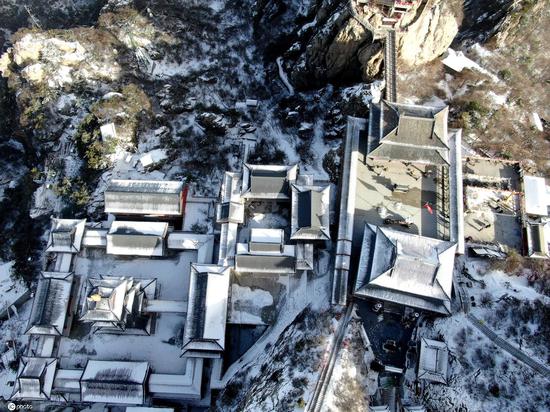


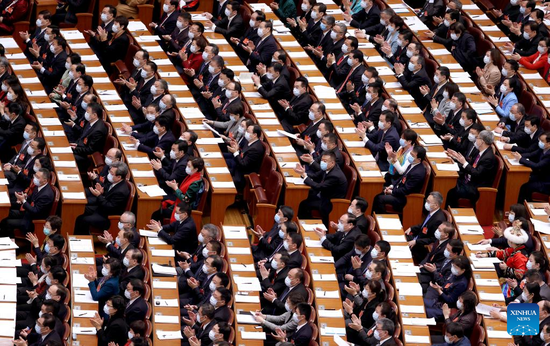





















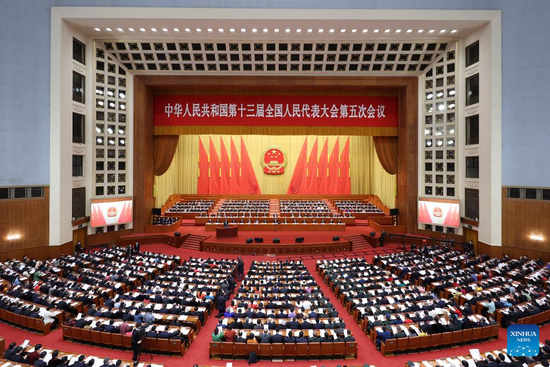



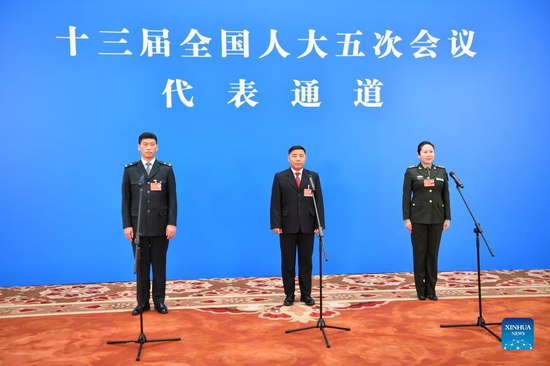

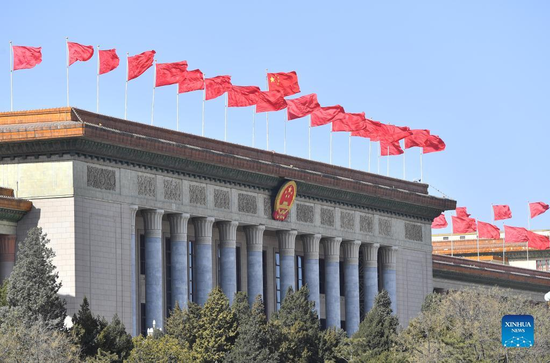



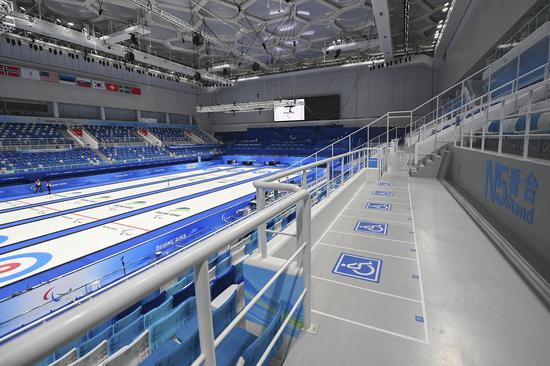

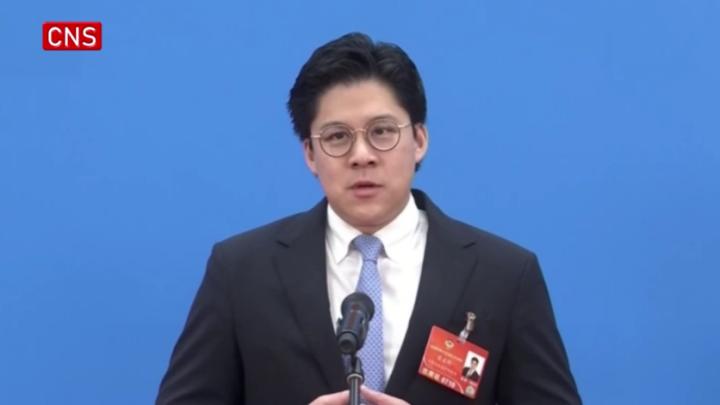

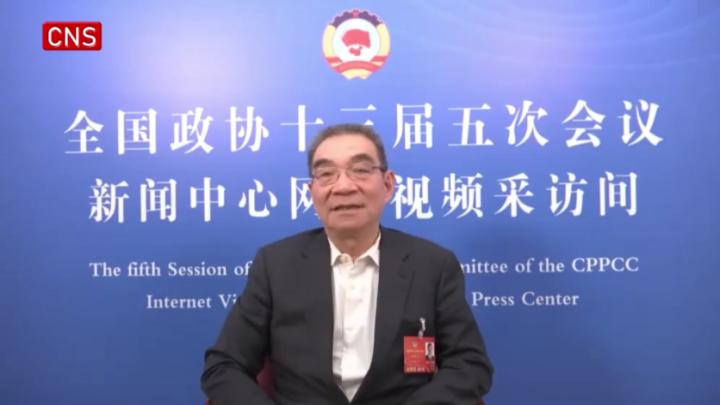

 京公网安备 11010202009201号
京公网安备 11010202009201号